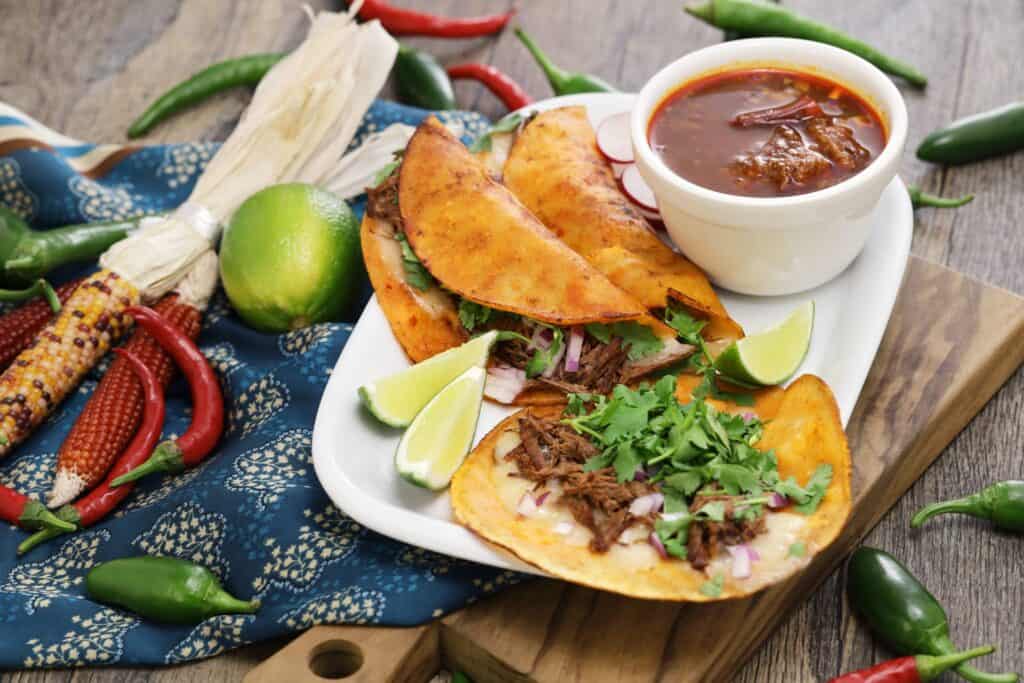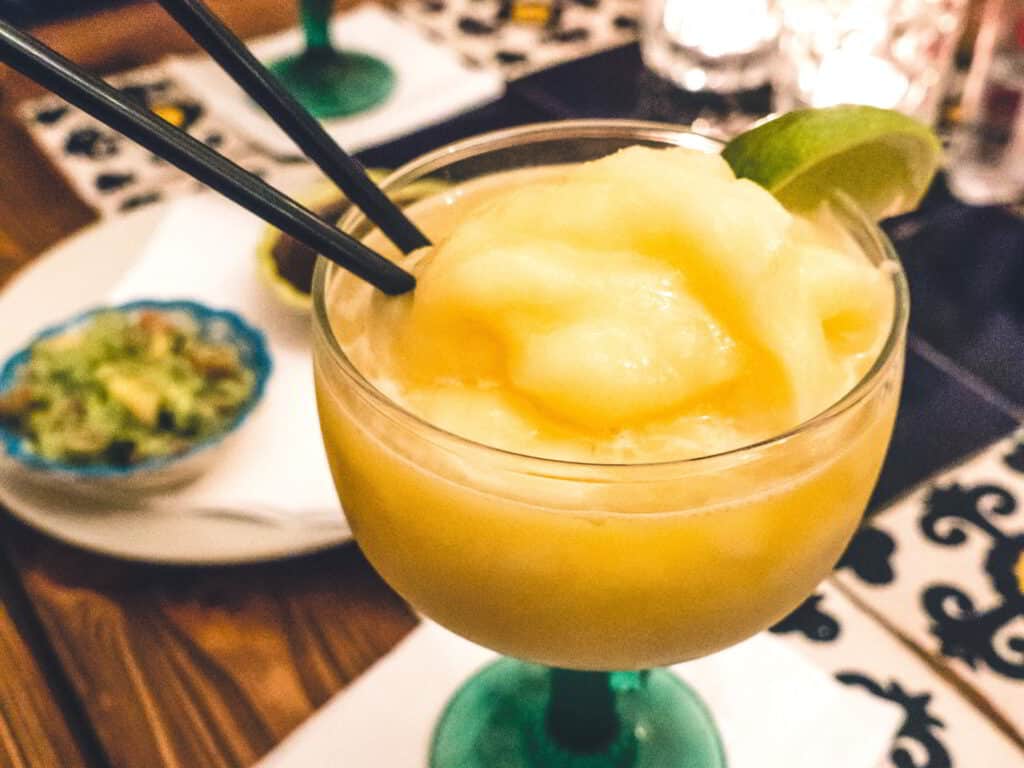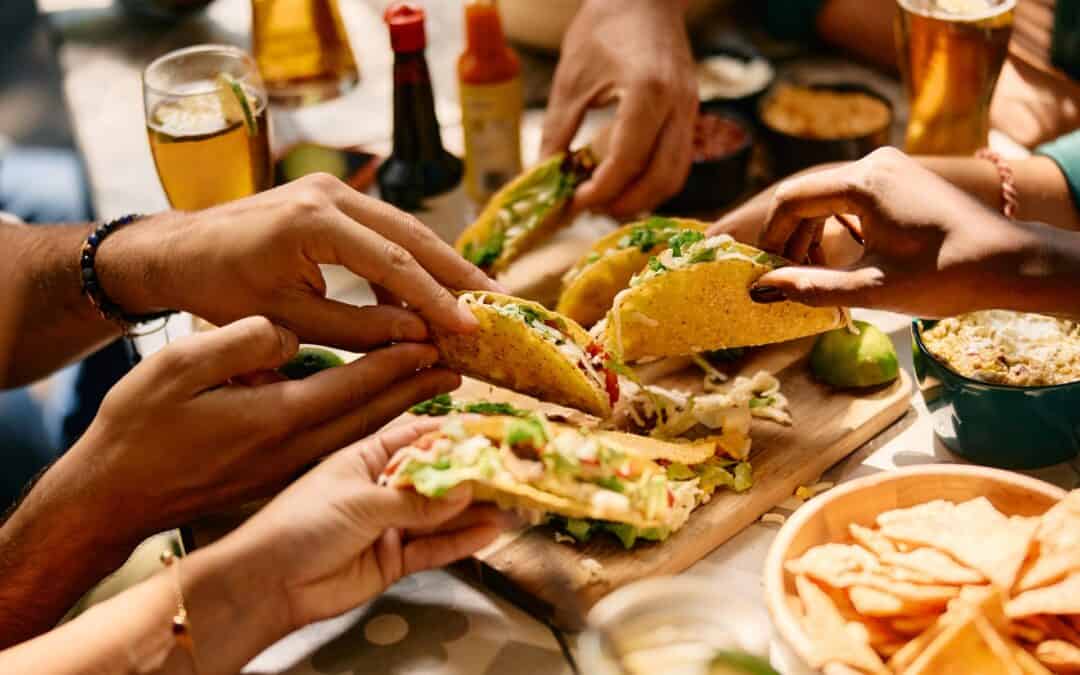True Mexican cuisine isn’t about trendy plating or gimmicks—it’s about care, depth, and doing things the right way. A Mexican restaurant that respects authentic cooking traditions brings something deeper than just spice to the table. Each detail—from the way meats are prepared to the freshness of herbs—can reveal how much tradition is baked into the process. Burritos Grill, a team with long-standing ties to regional cooking, explains it like this: “Good flavor starts way before the plate—it starts with patience, ingredients, and memory.”
Mexican Restaurant Know-How Comes From Real Practice
Cooking methods that last across generations are rarely learned from textbooks. A young cook might grow up watching elders work over a flame, learning by instinct rather than recipe cards. That inherited rhythm shows up in the food—it’s about touch, sound, timing, and understanding when something is ready without being told. Experience like that creates dishes that feel grounded, and customers notice.
-
Skills passed down inform every choice, from ingredients to timing
-
Recipes are often memorized through repetition, not measurement
-
Taste and texture remain more consistent because of learned intuition
1. Layered Flavors That Hit the Palate with Precision
Genuine Mexican food isn’t flat—it’s bold, layered, and purposeful. Chilies, garlic, roasted seeds, and acid all have their place and work together like a band, not a solo act. Spices aren’t thrown in randomly; they’re toasted, steeped, or ground for exact reasons. According to the USDA, when properly heated, spices like cumin and chili enhance the body’s ability to absorb nutrients such as iron.
-
Dry roasting and slow simmering are used to deepen spice blends
-
Sauces often include complex ingredients like chocolate, nuts, or herbs
-
Strong flavors don’t overwhelm—they build in waves with each bite
2. Fresh Ingredients That Carry the Real Flavor
Quality in Mexican cooking begins at the source. Restaurants with high standards rely on crisp produce, full herbs, and ripe fruit—never bagged or bottled shortcuts. Diced onions should bite. Tomatoes should be sweet or smoky depending on how they’re cooked. The FDA has shown that fresh vegetables retain more antioxidants than processed alternatives, making them both tastier and more nutritious.
-
Fresh lime juice brings sharpness that bottled versions lose
-
Cilantro, avocado, and garlic are added at the right moment for brightness
-
Vegetables are grilled, charred, or blistered to release natural sugars
3. Iconic Dishes Like Burritos and Fajitas Made with Care
Staple dishes aren’t shortcuts—they’re signatures. A hand-rolled burrito wrapped tight enough to hold shape, or fajitas that sizzle out of the kitchen, tell you the kitchen is paying attention. These meals require real timing and skill. The USDA notes that when proteins are seared correctly, the Maillard reaction kicks in, creating richer taste and better texture.
-
Burritos should have balanced fillings that hold without falling apart
-
Fajitas are best when served hot enough to sizzle, not reheated
-
Presentation and temperature show when food is made fresh to order

4. Recipes That Have Traveled Across Generations
There’s a quiet respect that comes from using family recipes that haven’t changed much in decades. These dishes come with personal backstories and techniques not found in any online search. You’ll notice the difference—there’s texture where there should be, heat where it counts, and a finish that lingers. This kind of tradition isn’t rigid, but it’s careful.
-
Sauces like mole are built over hours, not minutes
-
Tamales often follow family methods that go back generations
-
Even small differences in preparation reflect regional and familial ties
5. Seasonal Local Produce
Restaurants that respect cooking traditions often source their produce close to home. Not just because it’s fresher, but because that’s how it’s done in many parts of Mexico—by using what’s in season, right outside. USDA reports confirm that locally grown produce keeps its nutrients longer, offering better taste and health benefits.
-
Ingredients grown nearby support flavor and community
-
Seasonal menus reflect what’s fresh, not what’s frozen
-
Herbs, chilies, and fruits often arrive straight from small farms

6. Meats That Are Properly Cut, Marinated, and Cooked
Carefully prepared meats can make or break a traditional Mexican meal. Whether it’s pork shoulder for carnitas or beef for barbacoa, the best cuts are chosen for how they cook over time, not how quickly they cook. Marinades matter. So does fat content, and resting time. Fast-cooked meat loses what slow heat brings out: softness, richness, and full-bodied flavor.
-
Traditional barbacoa and birria rely on slow heat and moisture retention
-
Marinades with vinegar, citrus, or spices add complexity before cooking
-
Meats are trimmed by hand to preserve texture and fat ratios
7. Margaritas Made with Real Citrus and Balance
The drink list tells its own story. A margarita made with real lime, agave syrup, and quality tequila respects the same ideas as the food—freshness and balance. CDC data shows that fresh-squeezed citrus contains more nutrients and fewer sugars than pre-made mixers, which tend to be overly sweet and artificial.
-
Fresh lime juice offers tartness and aroma artificial blends lack
-
Bartenders often shake, not stir, to keep ingredients crisp and cool
-
House-made versions skip sugary syrups in favor of natural flavors

Key Takeaways: How to Know If a Mexican Restaurant Respects Cooking Traditions
Restaurants that value traditional cooking don’t always say it out loud—it shows in how they prep, what they source, and how each dish hits the table. Mexican food that sticks to its roots isn’t nostalgic—it’s practical, thoughtful, and built on methods that never needed fixing. When you pay attention to what’s on the plate and what’s behind it, the signs of tradition become hard to miss.
-
Seasoning and spice combinations should be layered, not one-note
-
Freshness in produce and proteins reveals a careful kitchen
-
Dishes and drinks alike reflect attention to history and detail
FAQs
1. What makes traditional Mexican seasoning different from modern takes?
Traditional seasoning builds layers slowly through roasting, simmering, and marinating. It’s not just spicy—it’s deep, balanced, and rooted in memory.
2. How do fresh ingredients improve the flavor of Mexican food?
Fresh ingredients hold more natural oils and sugars, which unlock during cooking. This leads to better texture, stronger aroma, and cleaner taste.
3. Why does it matter if meat is slow-cooked or grilled over fire?
Slow cooking breaks down collagen and releases natural juices, making the meat tender and flavorful in a way fast methods can’t match.
4. Is it important for a Mexican restaurant to source ingredients locally?
Local sourcing often results in fresher dishes, supports nearby farms, and keeps ingredients closer to what traditional cooking would have used.
5. Are all margaritas traditional?
Not quite. Traditional margaritas use fresh lime juice and real spirits without sugary blends. That gives the drink more balance and a cleaner finish.
Louisiana News Post provides expert advice on home and garden services like gardening, landscaping, hardscaping, renovating, remodeling, roofing, HVAC, and interior design to help readers create their dream spaces. Their practical tips and creative solutions are inspired by years of hands-on experience and a commitment to affordable living. Whether you’re a seasoned handyman or just starting to explore home improvement, Louisiana News Post’s articles are a reliable resource for innovative ideas and detailed guidance.








